22 years ago, the Yurok Tribe of Native Americans launched a campaign to reclaim their ancestral lands along the Klamath River, a campaign that culminated almost exactly 1 year ago when the Klamath River Renewal Corporation began the largest dam removal project in human history.
Four hydroelectric dams and associated infrastructure were to be demolished, and the entire 430-mile stretch of river, reaching from a lake high in the mountains of Oregon down into the Pacific Ocean, would be turned back into salmon and steelhead habitat.
Recently, Swiftwater Films, a company working to document the undamming of the river and the return of the fish, released as a courtesy to national media some before and after photographs of the dammed sections of the river.
They dramatically capture this rewilding transformation that will return the third-most abundant salmon run in the Lower 48 to a natural state not seen since the 19th century.
“The dams that have divided the basin are now gone and the river is free,” Frankie Myers, vice chairman of the Yurok Tribe, said in a tribal news release from late August. “Our sacred duty to our children, our ancestors, and for ourselves, is to take care of the river, and today’s events represent a fulfillment of that obligation”.
For hundreds if not thousands of years, salmon have been the spiritual and caloric sustenance for the Yurok, and though various artificial constructions allowed salmon to migrate upstream to a certain degree, they never returned in the vast numbers remembered by tribal elders and their ancestors.
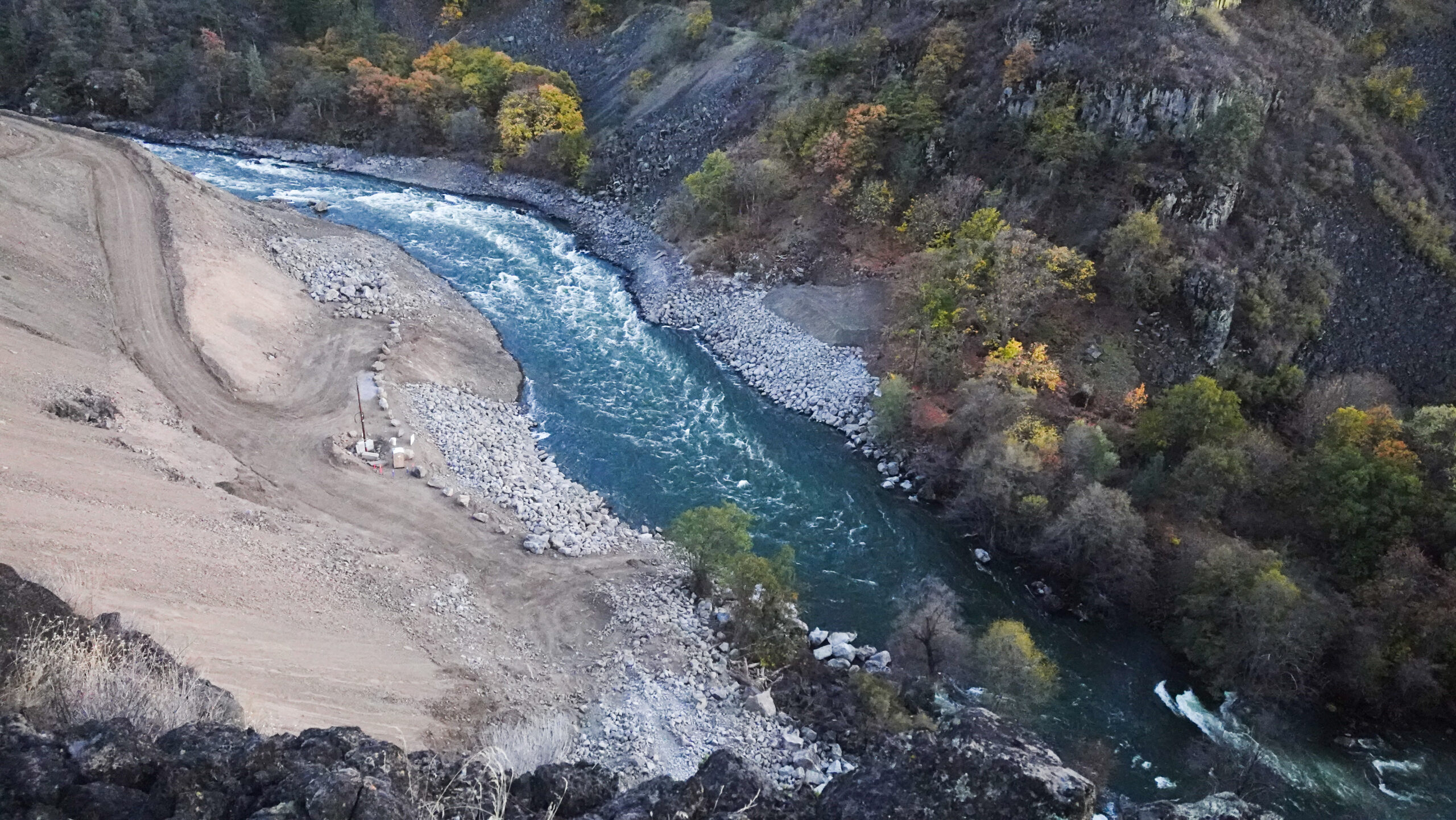
From death came rebirth
The Yurok Tribal Fisheries Program (YTFP) consists of four departments that regulate harvest, and perform species monitoring, water quality, and other scientific data collection to ensure the sustainable use of the Klamath Basin and watershed for future generations of the tribe.
It was a report from the YTFP on the great Klamath River Fish Kill of 2002 which galvanized the tribe into action, which in turn eventually led to the dams’ removal. In the fall of that year, a relatively robust run of chinook salmon entered the Klamath River and never reached their spawning grounds. Tens of thousands of fish died at a scale never recounted in the oral history of the Yurok tribe.
The YTFP report on the kill identified several substantial causes, chief among which was a lack of water flow rate and volume that didn’t provide sufficient migratory cues which the salmon rely on to proceed upriver. The resultant migration delay, crowded conditions, and warm water temperatures provided an ideal environment for the proliferation of the parasite Ichthyopthirius multifilis and the bacterial pathogen Flavobacter columnare.
The cause of the low flow rate was human-controlled mechanisms at the Iron Gate Dam, and the report concluded that if the water had been allowed to flow at 1,000 cubic feet per second, as is normal, the kill “would likely not have occurred”.
The report was convincing, and won the support of the National Oceanic and Atmospheric Administration (NOAA), as well as other state and local agencies, which worked with the Yurok to convince PacifiCorp, the power company that owned the dams, to demolish and vacate the area.
Fast forward 22 years, and the four dams of Copco 1 and 2, Iron Gate, and JC Boyle have all been demolished and the waterway freed.
“This is a monumental achievement—not just for the Klamath River but for our entire state, nation, and planet,” California Governor Gavin Newsom said in a statement. “By taking down these outdated dams, we are giving salmon and other species a chance to thrive once again, while also restoring an essential lifeline for tribal communities who have long depended on the health of the river”.
Before and after
In April, NOAA scientists, restoration specialists, and the head of NOAA Fisheries, Janet Coit, gathered on a slope above the Klamath River to watch it being reborn. Over the winter, crews had breached three of the remaining major dams blocking the river’s natural flow, draining the reservoirs behind them. The river found its historical channel for the first time in more than a century, a crucial step in preparing the habitat for the return of salmon.
“Many of our colleagues have spent more than 20 years working towards this moment,” NOAA Fish Biologist Shari Witmore, said in an agency news release to mark the occasion in late July. “Watching the recovery and how quickly it’s happening has been impressive and emotional for us all”.
At first, the Klamath River Renewal Corporation advised that water quality would take a dive as the newly flowing water would gather discharges from riverside sediment deposits and the muck left over from reservoir drainage full of dead algae. At the onset, the water was turbid and murky.
“When we slowly drained the reservoirs before we could remove three of the dams, we sent the majority of those sediments downstream,” Ren Brownell, Klamath River Renewal Corp. public information officer, told SFGATE. “But with the final cofferdam breach this week, we’re sending another little pulse of sediment down downstream right now. So it does have short-term water quality impacts”.
“I think in September, we may have some Chinook salmon and steelhead moseying upstream and checking things out for the first time in over 60 years,” said Bob Pagliuco, a marine habitat resource specialist at the NOAA. “Based on what I’ve seen and what I know these fish can do, I think they will start occupying these habitats immediately. There won’t be any great numbers at first, but within several generations—10 to 15 years—new populations will be established”.
Typically a salmon or steelhead life-cycle is around 3 to 5 years, meaning it will be some time before adults feeding in the ocean make their way back to the Klamath River to spawn. Once they arrive, they’ll be in for a shock no doubt about it. Even still, fish are slow learners, and so the NOAA suspects that multiple generations will have to hatch and return later to spawn to reestablish population-wide instincts of swimming all the way up the 400-mile river as they did in the 19th century and before.
Ironically, NOAA members involved in the Klamath River Watershed said that the simplification of the river by way of the dams actually made it harder for salmon and steelhead to survive and adapt to climate change.
“When you simplify the habitat as we did with the dams, salmon can’t express the full range of their life-history diversity,” said NOAA Research Fisheries Biologist Tommy Williams.
“The Klamath watershed is very prone to disturbance. The environment throughout the historical range of Pacific salmon and steelhead is very dynamic. We have fires, floods, earthquakes, you name it. These fish not only deal with it well, it’s required for their survival by allowing the expression of the full range of their diversity. It challenges them. Through this, they develop this capacity to deal with environmental changes”. WaL
We Humbly Ask For Your Support—Follow the link here to see all the ways, monetary and non-monetary.
PICTURED ABOVE: Copco No.2 before removal. PC: Swiftwater Films, released to the media.
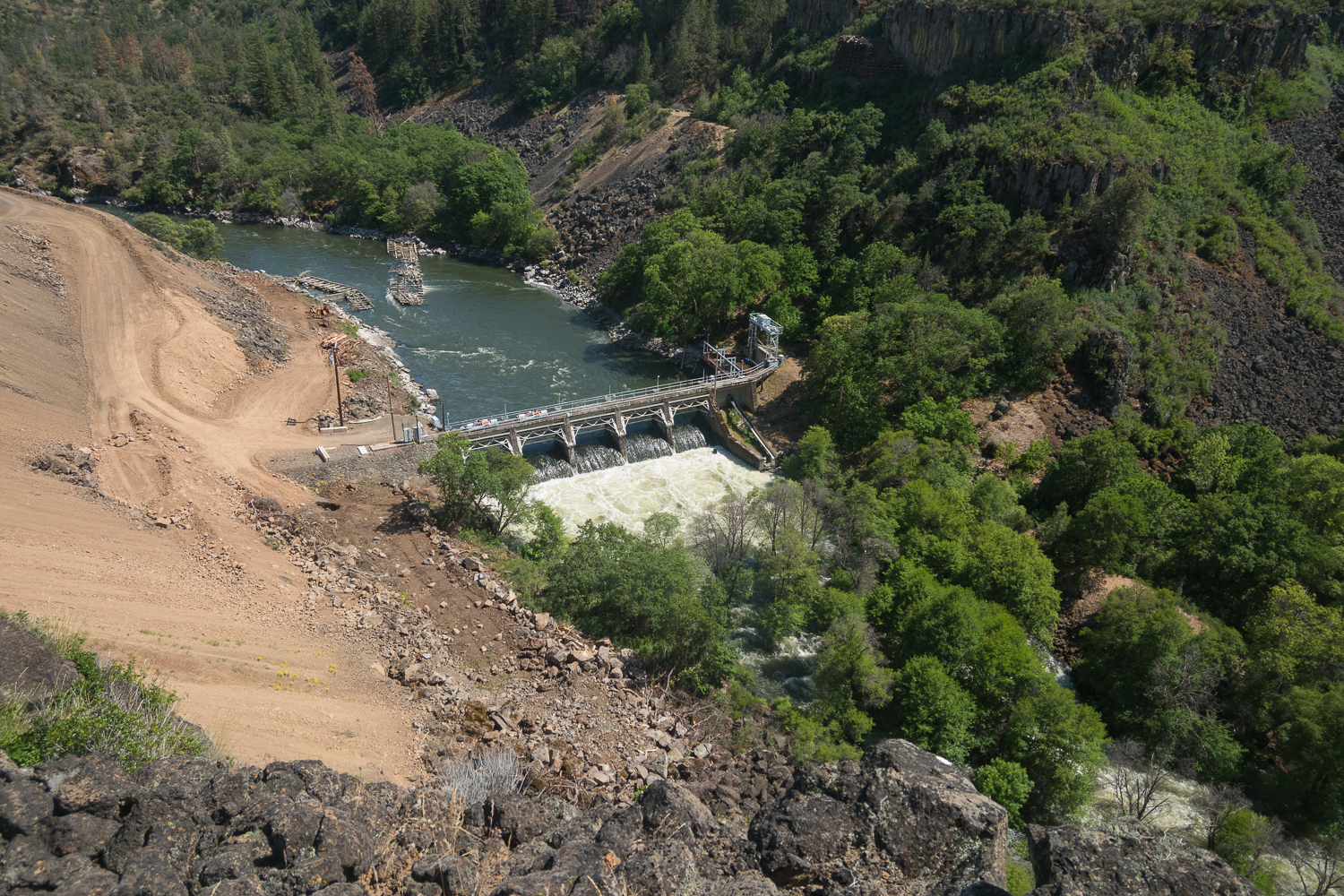
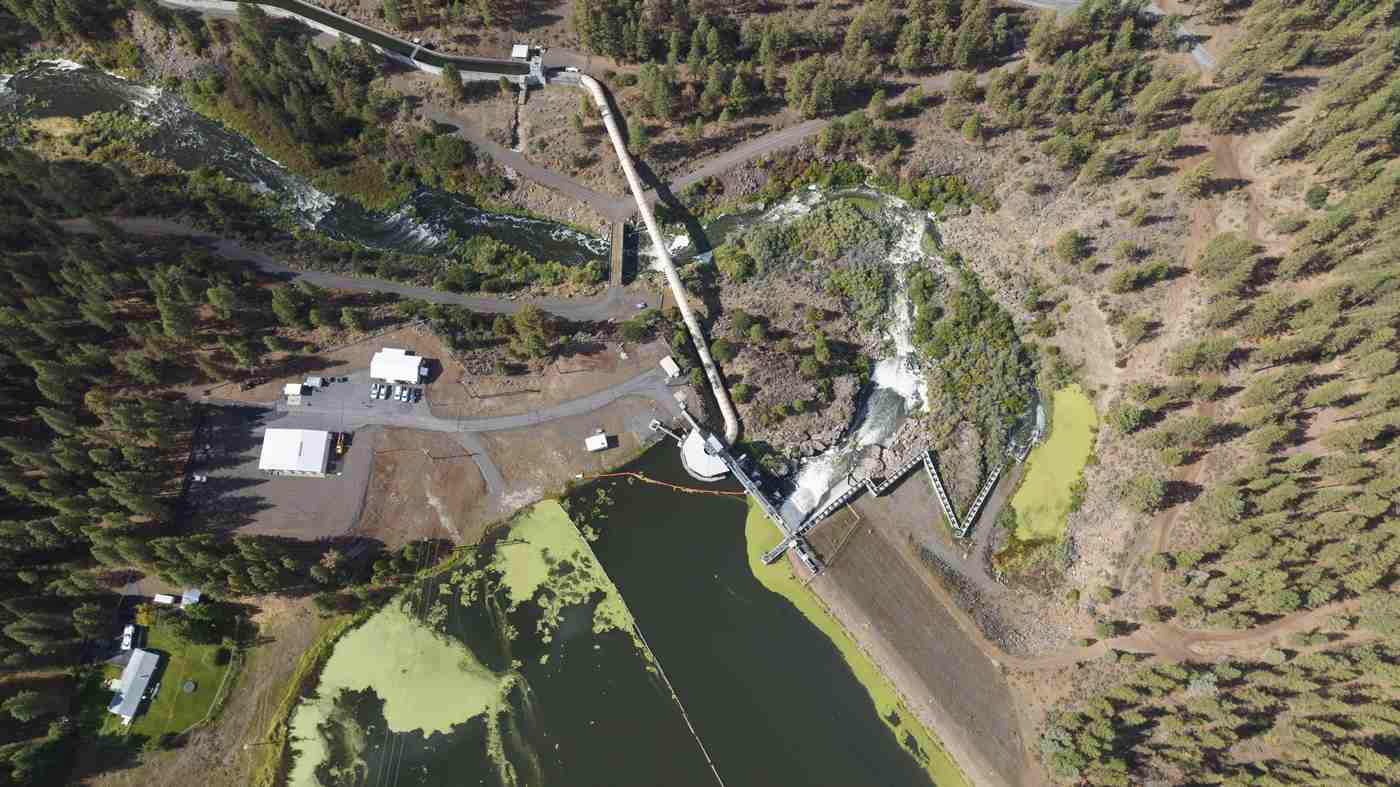
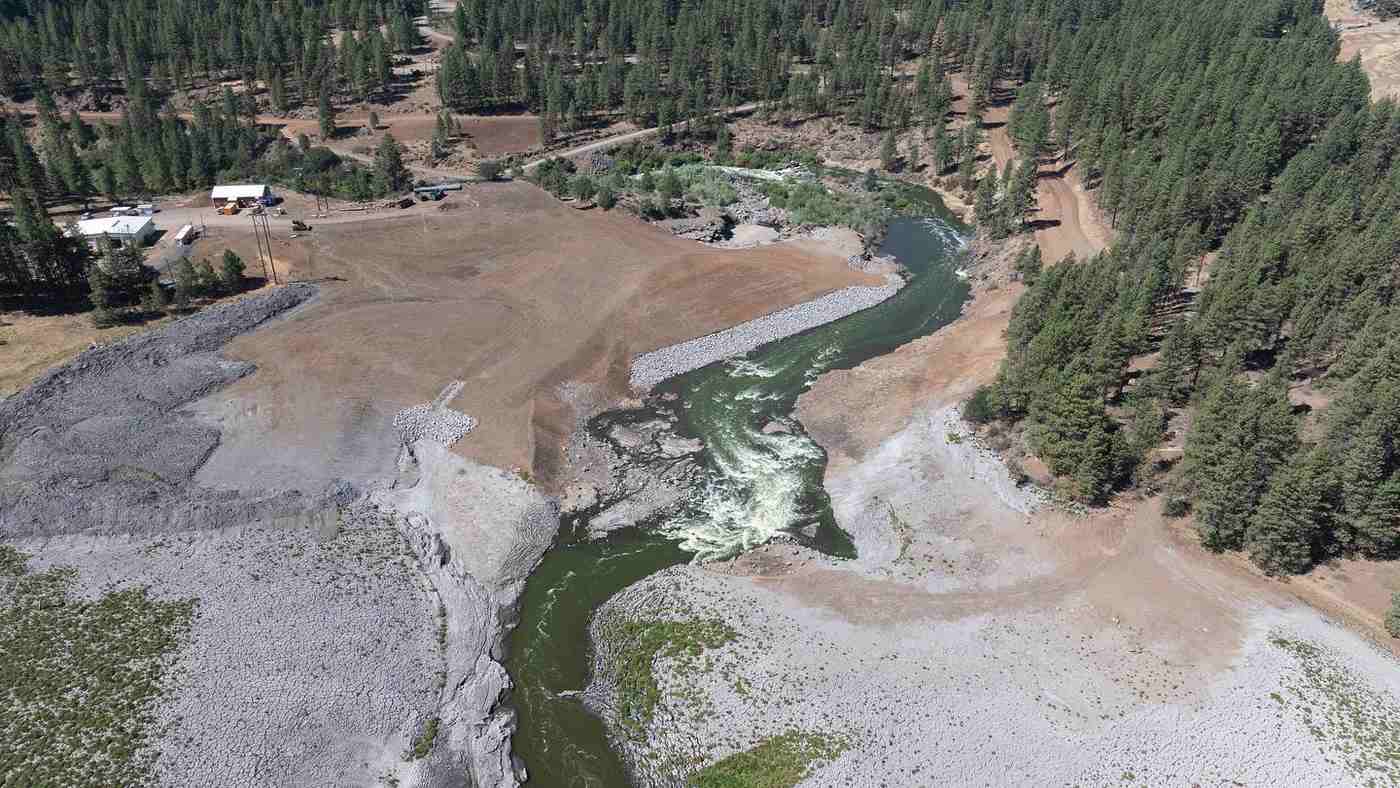
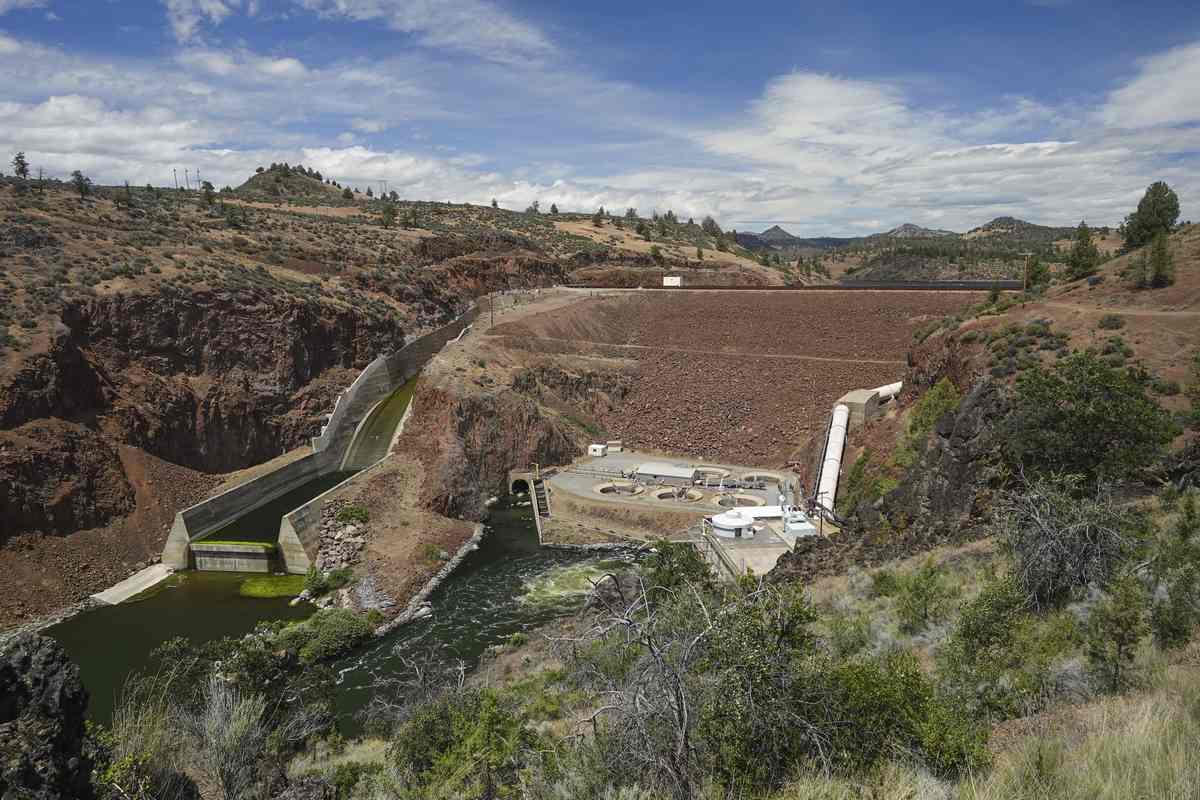
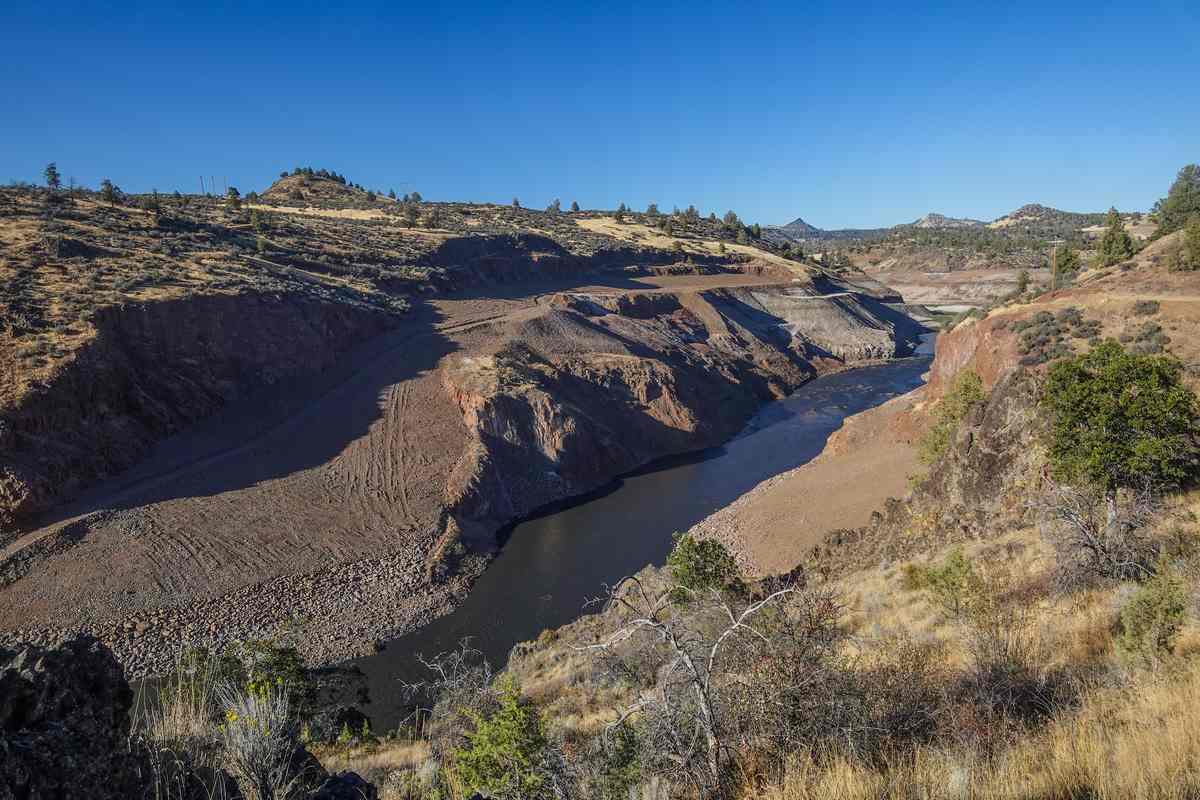
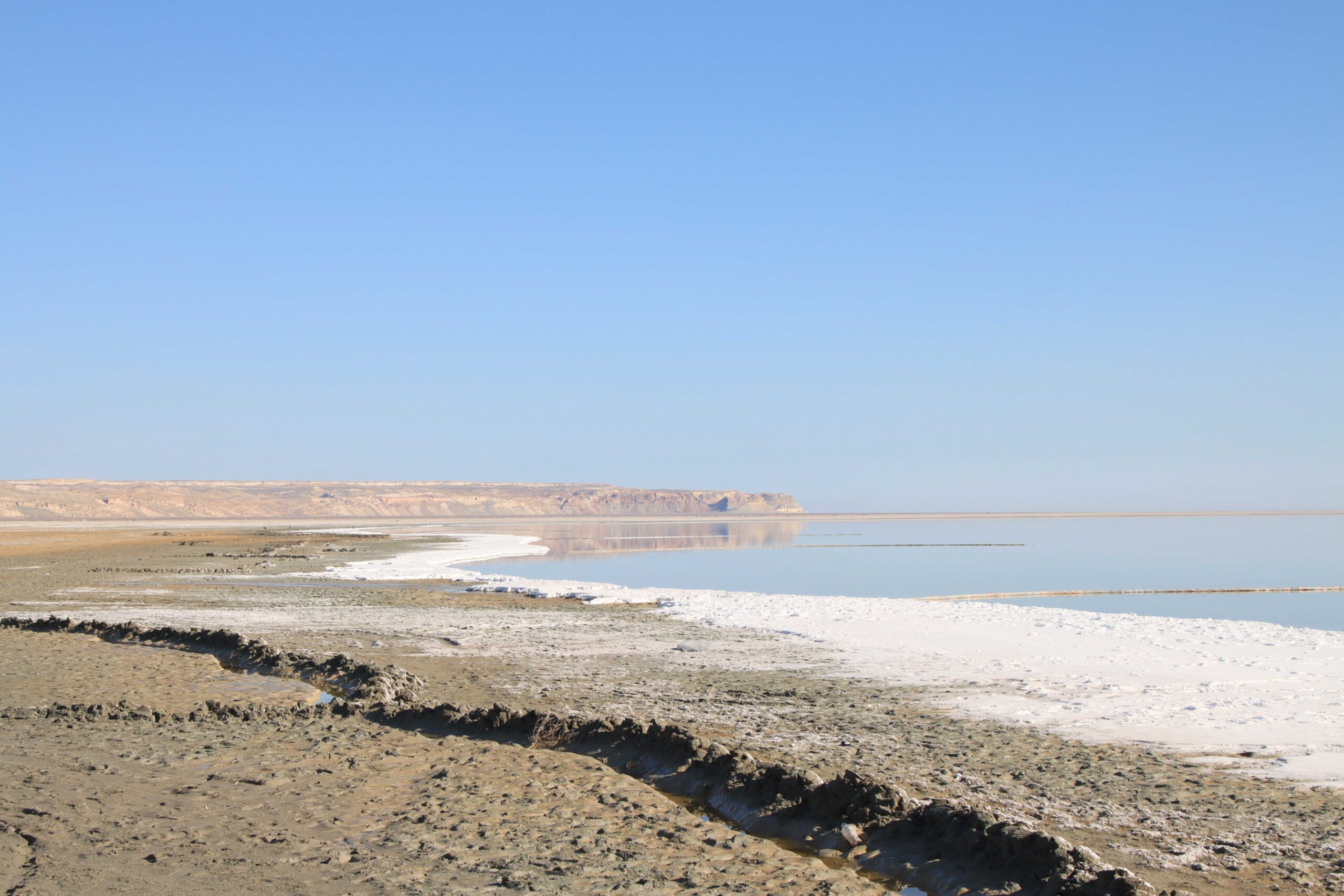
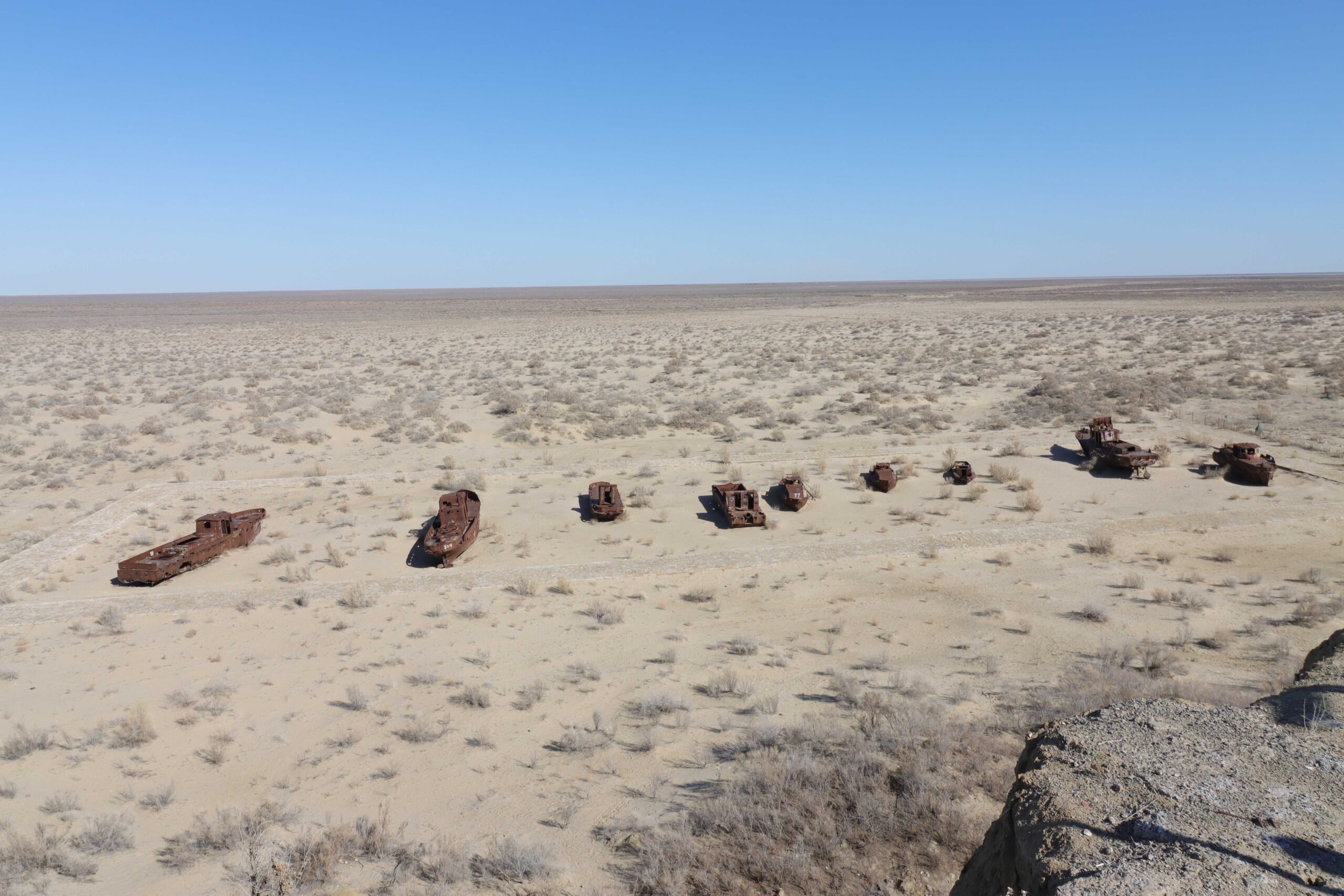
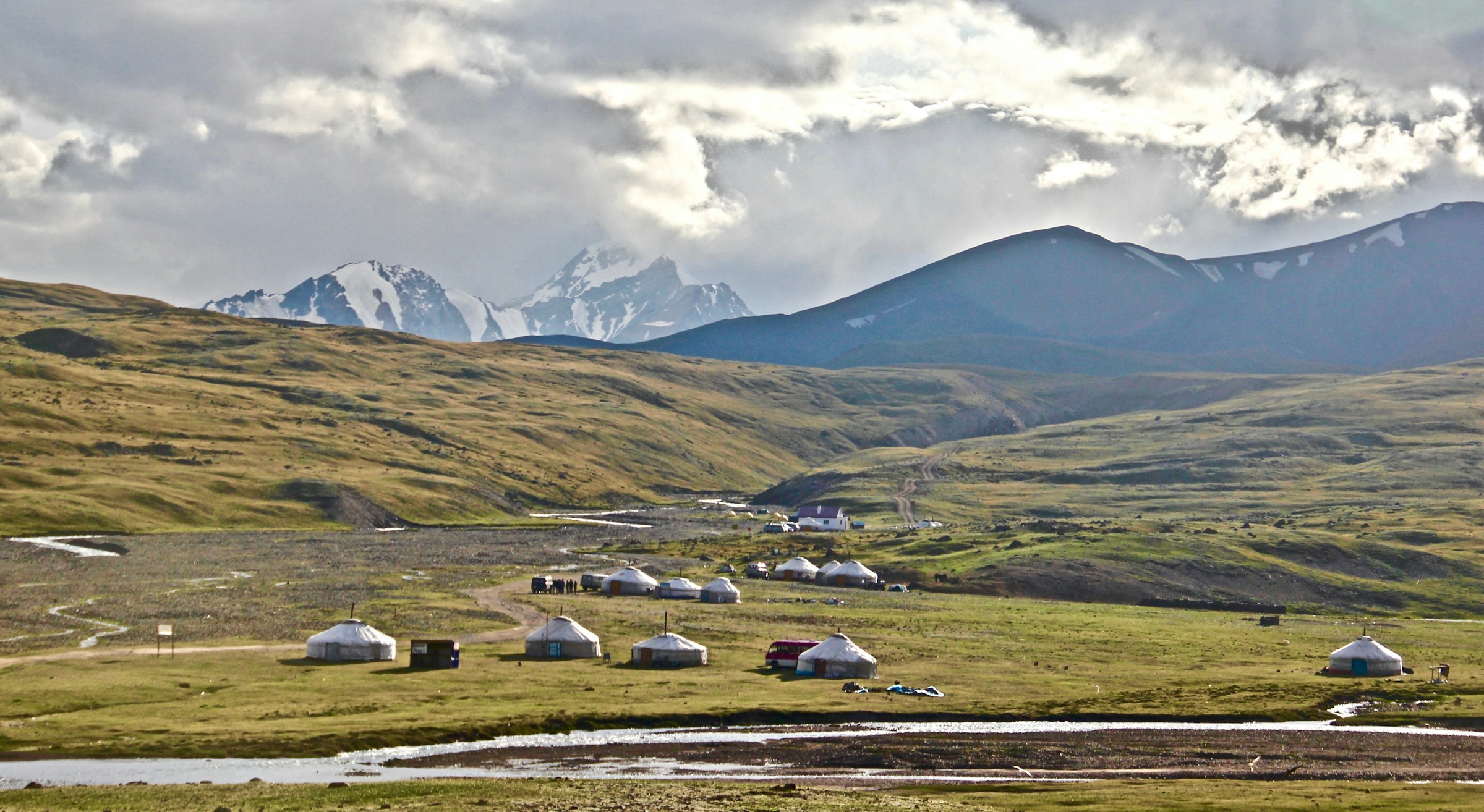
I just love WAL- thank you so much Andy
Keep it up
Appreciate you brother, thanks for reading.